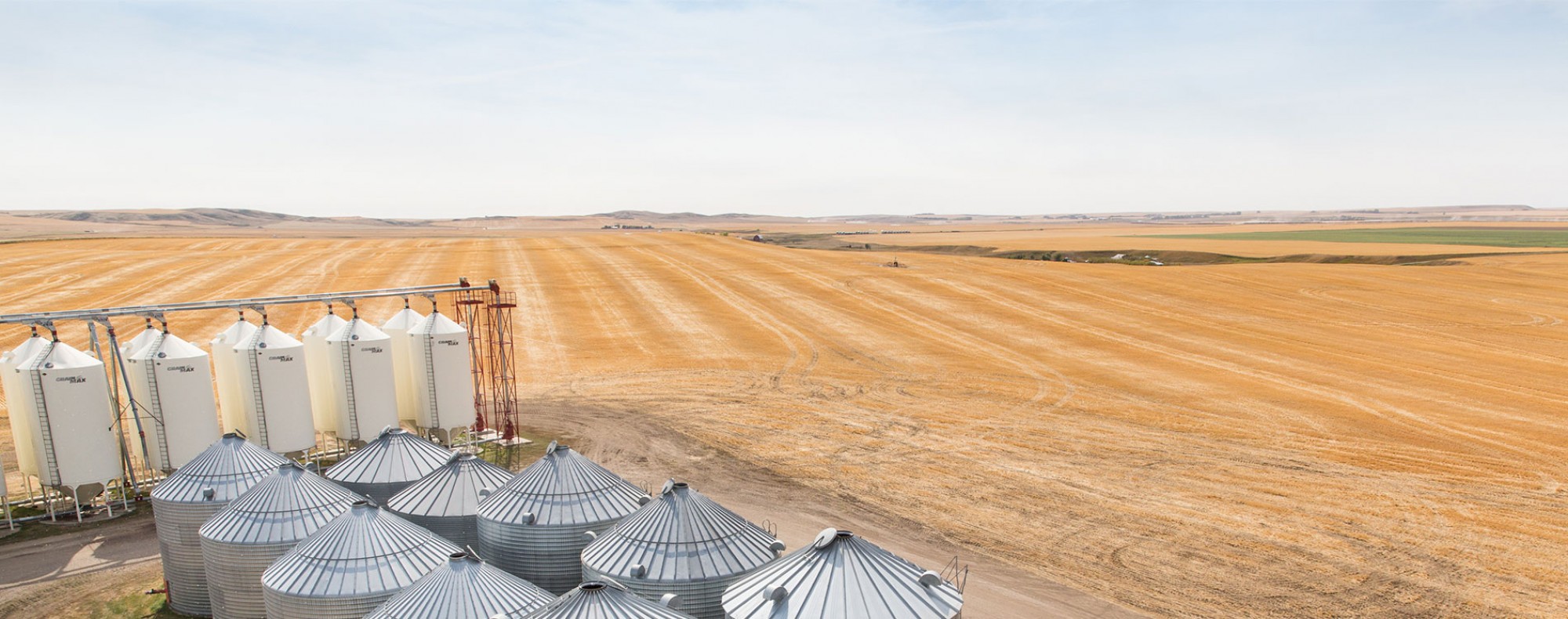Expansion of in vitro selection to develop FHB and leaf spot resistant wheat and barley
AWC Contribution: $120,000
Start date: October 26, 2016
End date: March 31, 2020
Summary:
Plant diseases are responsible for at least 10% of yield losses in global food production. Incidence and severity of two important cereal crop diseases, Fusarium head blight (FHB) and tan spot, are increasing with the impacts of climate change. FHB is responsible for mycotoxin contamination of grains, and both diseases lead to significant yield damage. In collaboration with Canadian wheat and barley breeders at AAFC (Dr. Robert Graf, Dr. Harpinder Randhawa and Dr. Ana Badea) and at Universities in Alberta (Dr. Dean Spaner) and Saskatchewan (Dr. Pierre Hucl), and a cereal crop pathologist at AAFC (Dr. Reem Aboukhaddour), we will employ an in vitro selection method to produce wheat and barley germplasm with high levels resistance to these diseases.
Objectives:
Our overall objective is to support Canadian wheat and barley breeding programs by developing disease resistant DH breeding lines. We are building a pipeline where breeder crosses are placed under high selection pressure for disease resistance during DH production, reducing the time to cultivar registration while bringing high levels of resistance to the farmer’s field. Currently, we are employing IVS using a trichothecene toxin screen during microspore-derived DH production from F1 hybrids to develop breeding lines with resistant FHB and mycotoxin accumulation. Our objectives are to continue this work and expand the program to include barley in the IVS protocol. We will also optimize the selection process to produce DHs with resistance to other important cereal crop diseases: currently, we will target tan spot disease resistance using Ptr toxins during DH production.
Benefit to producers:
Globalization of agriculture and changing weather patterns increases risk of disease epidemics. Pathogen complexes migrate further as a result of transport and higher global temperatures. This has indeed been observed for Canadian Fusarium graminearum species complex and Pyrenophora tritici-repentis (Ptr) populations. An increase in FHB incidence and severity has been reported in the Alberta and Saskatchewan in recent years, and the disease continues to blight cereal growers in Manitoba and east thereof. There has also been a shift in toxin chemotypes and emergence of more aggressive isolates among the Fusarium species isolated across the country. Geographical distribution of Ptr and incidence/severity of tan spot are expected to increase with climate change, as has already been reported. Tan spot, the most destructive leaf spot disease of wheat in Western Canada, causes 5-15% yield losses in infected fields. Ptr toxins, ToxA, B and C, are known pathogenicity factors required for disease. ToxA, the predominant Ptr toxin, is also produced by Stagonospora nodorum, a pathogen that causes devastating foliar/glume disease in wheat; as such incorporating ToxA resistance selection to our protocol may also enhance resistance to this disease. While ToxA and C producing Ptr races are well established in Canada, recent reports indicate that ToxB isolates are also present in the prairies. With ToxB sensitivity reported in all Canadian wheat classes and recently also reported in barley, tan spot is a foreseeable threat.
Bio:
Dr. Nora Foroud started her research career as a summer student in 1996, working in a potato breeding program at Agriculture and Agri-Food Canada (AAFC) in Lethbridge. There she learned a variety of valuable techniques including methods in plant tissue culture. She later moved into molecular biology and biochemistry research working with a variety of crops (wheat, canola, grapevines and fruit trees) in different labs at Universities and research facilities in Alberta and British Columbia. She completed her Ph.D. on Fusarium head blight of wheat at the University of British Columbia in 2011, and was then hired as a research scientist with AAFC in Lethbridge. In addition to her work on germplasm development with cereal breeders, Dr. Foroud’s program is focused on cell signalling mechanisms that mediate biotic and abiotic stress resistance in cereal species.
